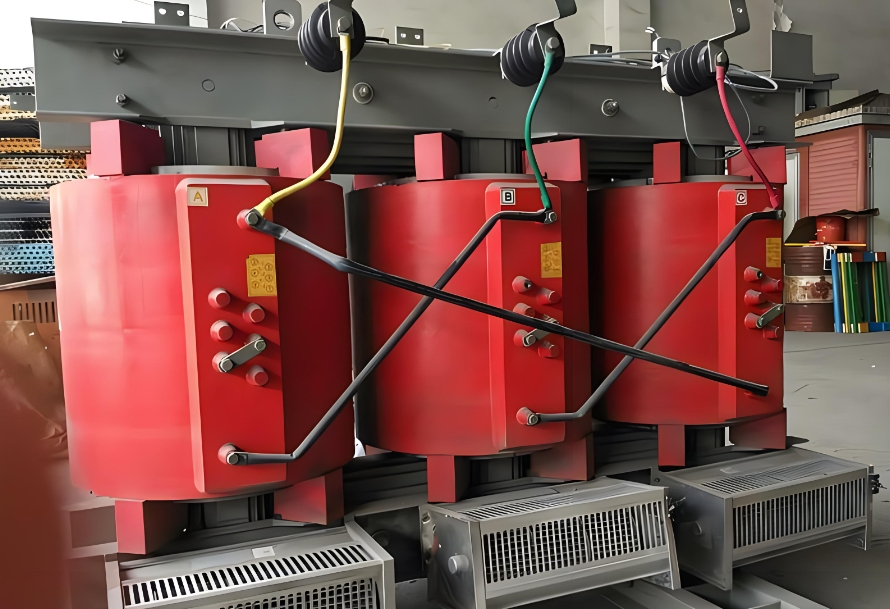Understanding Transformer Wiring
Basics of Transformer Wiring
Understanding transformer wiring is fundamental for electrical systems. In essence, it involves connecting primary and secondary coils to enable voltage transformation. When electrical energy flows through the primary coil, it induces a magnetic field, which, in turn, generates voltage in the secondary coil. This process allows for the alteration of voltage levels, catering to specific electrical requirements. Whether it’s a step-up or step-down transformer, the wiring configuration plays a crucial role in determining the transformation ratio and overall functionality.
Components Involved in Transformer Connections
Several components are integral to transformer connections. The primary and secondary coils serve as the core elements, responsible for transferring electrical energy. Terminal blocks, cables, and insulation materials are utilized to establish secure and efficient electrical connections between the transformer and external circuits. Additionally, protective devices such as fuses and circuit breakers are employed to safeguard against overloads and short circuits, ensuring the safety and reliability of the transformer system.
Importance of Proper Wiring for Efficient Performance
Proper wiring is paramount for achieving efficient transformer performance. By ensuring optimal energy transfer and voltage regulation, well-executed connections minimize energy losses and maximize overall efficiency. Moreover, efficient wiring reduces the likelihood of electrical faults, enhancing both safety and reliability within the electrical system. Routine maintenance of wiring connections is essential for preserving transformer efficiency and longevity, contributing to the seamless operation of electrical networks.

Common Issues
Wiring Errors and Their Consequences
Wiring errors in transformer installations can lead to significant consequences. Incorrect connections or mismatched wire sizes may result in voltage imbalance, overheating, and insulation breakdown. These issues can compromise the transformer’s performance, leading to equipment damage, power outages, and safety hazards. Moreover, poor wiring practices increase the risk of electrical faults, posing a threat to personnel and property.
Factors Affecting Transformer Wiring Reliability
Several factors influence the reliability of transformer wiring. Environmental conditions such as temperature fluctuations, moisture, and chemical exposure can degrade insulation materials and corrode connections over time. Mechanical stress from vibrations, movement, or improper installation can weaken wire joints and increase the likelihood of failures. Additionally, factors like overloading, voltage surges, and inadequate maintenance can exacerbate wear and tear on wiring components, diminishing overall reliability.
Safety Considerations in Transformer Installations
Safety is paramount in transformer installations to prevent accidents and ensure personnel protection. Proper grounding and insulation of wiring components mitigate the risk of electric shock and equipment damage. Adequate clearance around transformers and wiring enclosures minimizes the potential for physical contact and accidental injury. Routine inspections and testing of wiring connections help identify potential hazards and address safety concerns promptly. Training personnel in safe work practices and providing appropriate personal protective equipment further enhance safety during transformer installations and maintenance activities.
Tips for Efficient Transformer Wiring
Best Practices for Transformer Connection
Ensuring proper transformer connection is crucial for efficient operation. This includes:
- Double-checking wiring diagrams and specifications before starting.
- Using appropriately sized wires and connectors to handle expected loads.
- Securing connections tightly to prevent loosening or corrosion over time.
- Following manufacturer guidelines for wire termination and insulation.
Techniques to Ensure Proper Wiring Alignment
Proper wiring alignment contributes to efficient transformer performance. Techniques include:
- Organizing wires neatly and systematically to avoid confusion and tangling.
- Aligning wires along designated paths or channels to minimize strain and bending.
- Using cable ties or clamps to secure wires at intervals and maintain alignment.
- Verifying alignment during installation and making adjustments as needed to optimize wiring flow.
Tools and Equipment for Effective Wiring
Having the right tools and equipment facilitates efficient transformer wiring. Essential items include:
- Wire strippers and cutters for preparing and trimming wires to the required length.
- Crimping tools for securely attaching connectors to wire ends.
- Screwdrivers and wrenches for tightening terminal connections and mounting hardware.
- Voltage testers and multimeters for verifying electrical continuity and insulation integrity.
- Cable management accessories such as cable ties, conduits, and wire ducts to organize and protect wiring.
By adhering to best practices, implementing proper alignment techniques, and utilizing appropriate tools and equipment, efficient transformer wiring can be achieved, ensuring optimal performance and reliability in electrical systems.